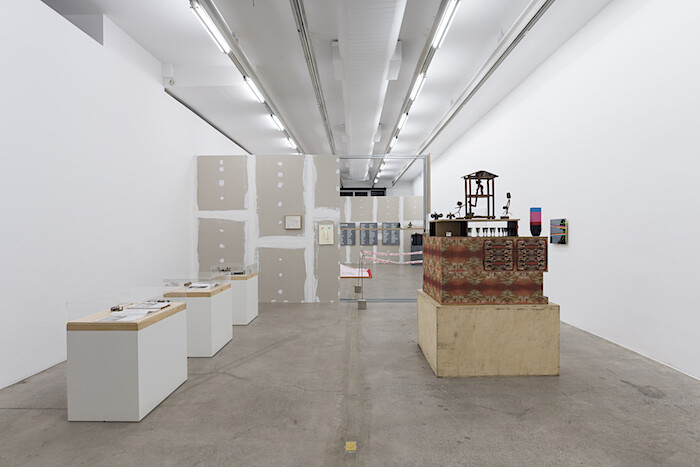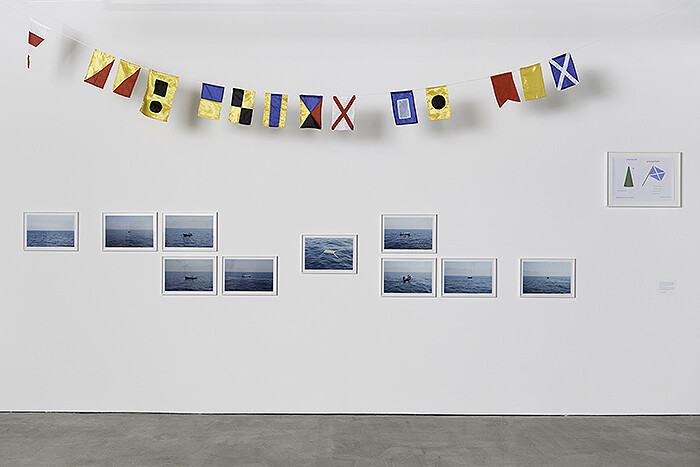Categories
Subjects
Authors
Artists
Venues
Locations
Calendar
Filter
Done
November 3, 2016 – Review
“Homo Ludens”
Daniela Castro

The first sentences of Johan Huizinga’s Homo Ludens: A Study of the Play-Element in Culture (1944) read: “A happier age than ours once made bold to call our species by the name of Homo Sapiens. In the course of time we have come to realize that we are not so reasonable after all.” Actually, the sentence goes on but I cheated and decided to end here for dramatic purposes. Cheating is the doppelgänger of fair play anyway. For instance: in Brazil, a president democratically elected with 54 percent of the popular vote, who doesn’t face any criminal charges, gets impeached by the Congress and the Senate, two thirds of whose members do. In the municipal elections of São Paulo, a highly botoxed but completely unknown face in the political sphere, aligned with the former center-right, now super-conservative Social Democrat Party, wins over 53 percent of votes in the largest city in Latin America. The rules of the game are distorted while the game is still in course: politics get in the way of politicians, democracy gets in the way of liberal capitalism.
At this unstable time, when culture and all its players are marked by uncertainties, Ricardo Sardenberg curates “Homo Ludens” …
September 10, 2014 – Review
São Paulo Round Up
Sophie Goltz

The past 10 years have seen an expansion in the recognition of Latin American artists worldwide, as well as a multiplication of the numbers of galleries and art-related events in Brazil, especially in São Paulo. Being so, a survey of the city’s growing number of contemporary art institutions such as galleries, museums, studios, and off-spaces can only be partly representative of the city’s vast landscape of art and culture. But a survey can nonetheless offer another view on the cultural life of Sao Paulo beyond the world’s second oldest biennial (after Venice, and founded in 1951), which has just opened it’s door to the public. While the Bienal is looking for the very contemporary in art today and doesn’t necessarily meet local expectations for its representation of Brazilian art, the city’s current gallery exhibitions present a consolidation of a Brazilian identity through art and its spaces.
At CAIXA Cultural, in the rather dilapidated downtown of São Paulo, French artist Marie Voignier’s film Hinterland (2009) examines Tropical Island, the man-made bathing resort in Krausnick, a bleak and economically depressed region 60 km south of Berlin. Set in a heated dome that looks like a real-life Truman Show, the film deals with the …
January 27, 2014 – Review
"Secret Codes"
Fernanda Lopes

“If it does not work, I will close it next month,” Luisa Strina decided when she first opened her gallery in São Paulo in 1974. She wanted to be an artist, but soon realized she was more interested in the universe surrounding the work of art; the artists Luiz Paulo Baravelli, Carlos Fajardo, and Wesley Duke Lee, who taught at Escola Brasil, an experimental art school she attended in São Paulo, encouraged her to open a gallery. At that time, Brazil had very few commercial art spaces, Latin America was less integrated than it is now, and the Brazilian art market was virtually nonexistent. As it turned out, the “next month” never arrived and four decades later, Galeria Luisa Strina remains one of the most important contemporary art galleries in Brazil.
To celebrate its history, the gallery inaugurated the exhibition “Secret Codes” this past December. Organized by the Spanish curator Agustín Pérez Rubio, this group show is an overview of the history of Conceptual art, bringing together thirty-two artists from Brazil and abroad (only five of which are represented by the gallery) and almost forty different artworks dating from the 1960s to the present. This well-conceived exhibition pays tribute to the …
